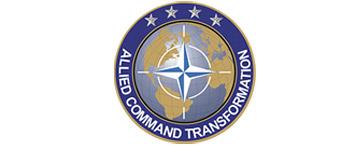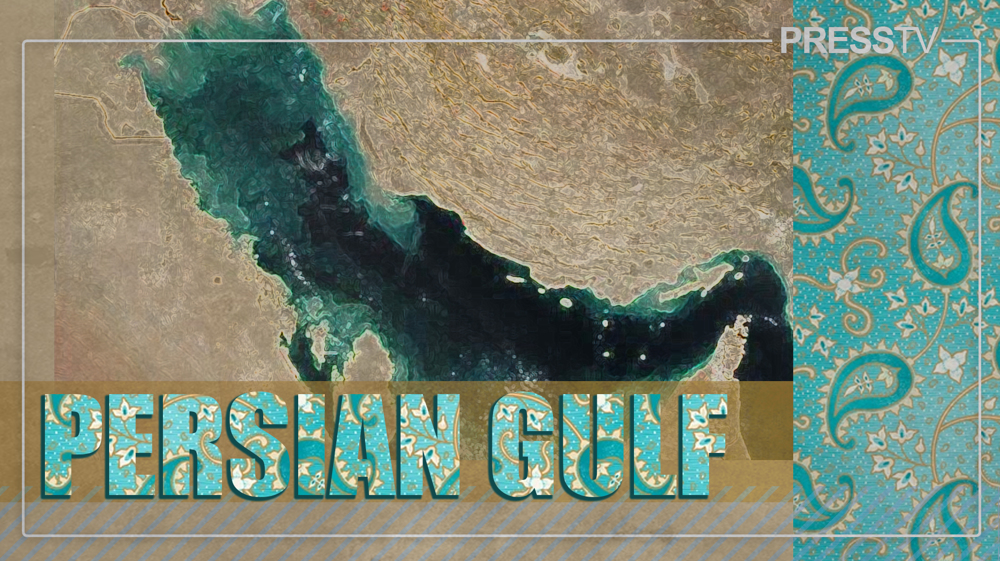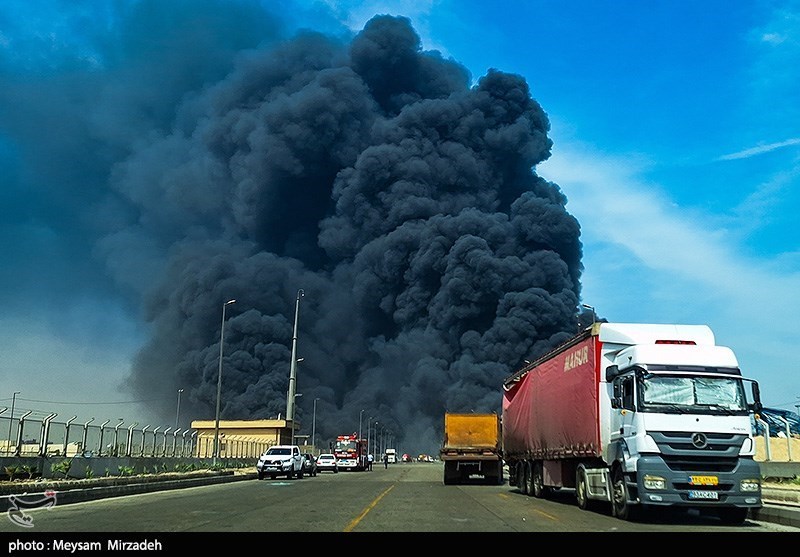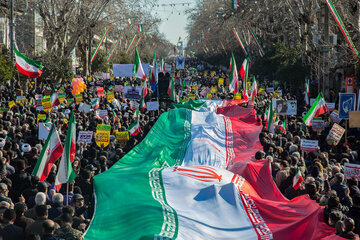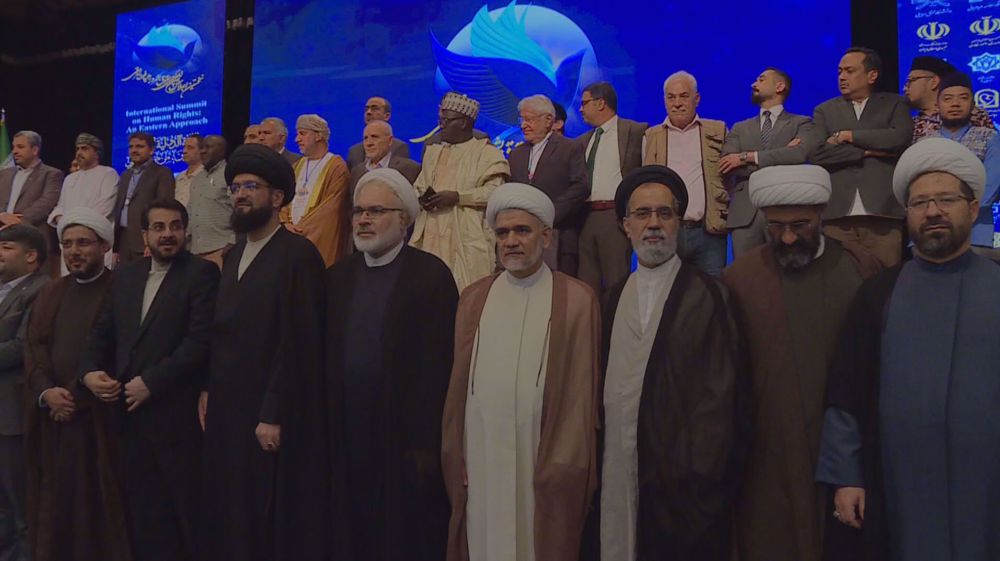Alwaght- What
happened during the first decade after collapse of the Soviet Union and also Putin's
refusal to follow the West's new world order caused a new wave of confrontation
between Russia and the West at regional and global levels.
The current crisis in Ukraine is indicative of this confrontation.
Before the
Ukraine crisis, Moscow’s assessment about Asia was that Asia would be the major
source of future economic growth. But after the escalation of tensions in
Ukraine, Russian decision makers came to the conclusion that any attempt to
improve relations with the West is doomed to failure and a new look at the
relations with the East, countries of Asia-Pacific in particular, is the way
out of this problem.
As the
aftermath of the US and EU sanctions on Russia, Moscow has emphasized the shift
of its political and economic priorities to Asia. The
crisis has spawned a narrative that Russia is turning to China to compensate
for its growing isolation from the West. Many Western analysts see this
development of China-Russia partnership as the first step toward the emergence
of a new revisionist axis aiming to challenge the West’s economic and
geopolitical dominance.
In other words,
Russia’s turn towards Asia is not an option the country can use or ignore, but
a must. Timofei Bordachev, the Director of the Center for Comprehensive
International and European Studies at the Higher School of Economics, says “This
turn must include an accelerated redistribution of economic and trade relations
and flows, diplomatic efforts and people-to-people contacts in favor of
countries in the East, Southeast and South Asia. These efforts should result in
Russia’s new role in the world, which would be adequate to its internal
development needs and the requirements of the outside world.”
Well-informed observers believe that there are direct links between Russia’s turn towards Asia and intraregional and domestic trade of some Asia-Pacific countries particularly China and Malaysia is growing fast, expanding of the cities of these countries, as well the growth in the number of urban consumers of them.
The majority of
ASEAN countries are about to move from the “Asia as the world’s factory” model
to the “Asia as a giant market” model. Therefore, Russia’s turn towards the
East and qualitative intensification of political and, later, trade and
economic relations with Asian countries has already become one of the most
important components of the country’s national strategies. Russia needs the
turn towards Asia to gain more confidence and become less vulnerable to the
aggressive attacks.
On the other
hand, China and small and medium-sized Asia-Pacific countries have to opt a
strategic ally if not to break out of the strategic encirclement exerted by US
and its allies, then at least cushion its effects. Therefore, deepening ties
with Russia will be the best option for China and other Asia-Pacific countries that
urges two sides to seek compromise and broaden areas of trust and cooperation.
In this regard, Russia and China have struck important trade deals in military, industrial and energy fields during the past two years. Keun-Wook Paik, an expert on China-Russia energy relations says "Altai deal will be Putin's calculated response toward US and EU sanctions against Russia in which the biggest beneficiary will be China. Putin looks determined to show that Russia has a very powerful tool that can respond to Washington and Brussels’s sanction-policy."
However, it seems that Moscow's distancing from the West and closing to Asia is in contrast with US long-standing doctrine based on preventing from Moscow's closeness to Beijing.
From this
perspective, closer ties between Moscow and Beijing as the two major powers in
the international arena and the UN Security Council permanent members can
endanger strategic programs of Washington and its western allies for
maintaining unipolar world order.










